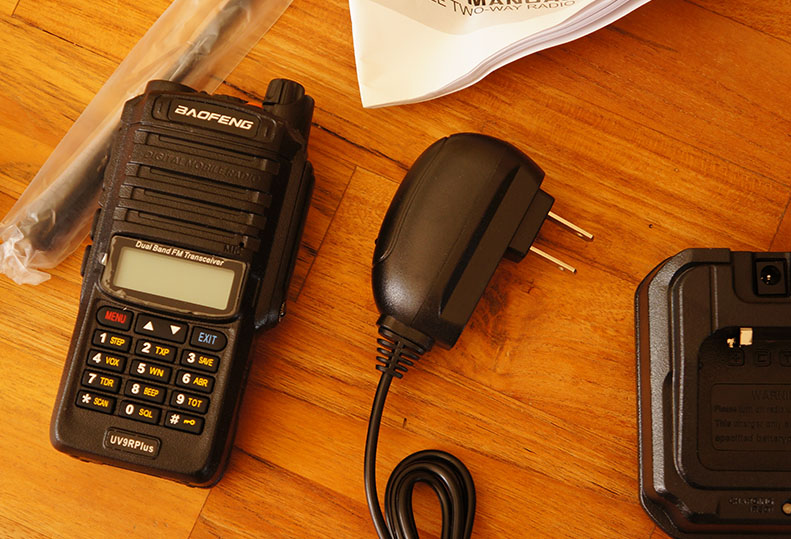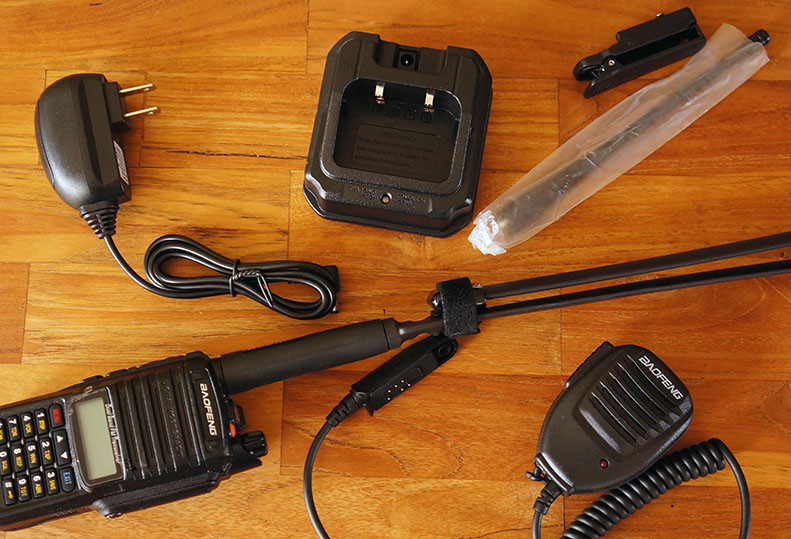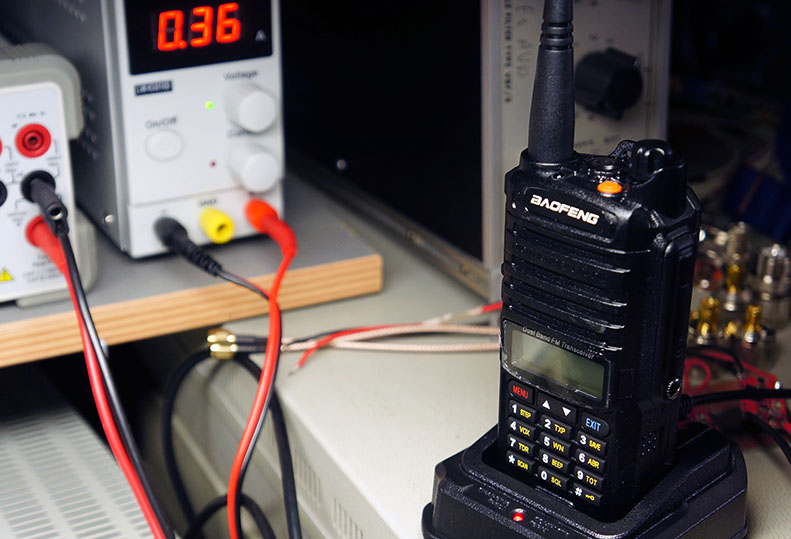present for a friend oops… wrong adapter 

and because I’m sure he’ll ask me to program the thing (PMR channels) I charge it for now with a lab power supply, it will be a ‘base’ station in his camper the next 6 months.


*removed link - sold out 
present for a friend oops… wrong adapter 

and because I’m sure he’ll ask me to program the thing (PMR channels) I charge it for now with a lab power supply, it will be a ‘base’ station in his camper the next 6 months.


*removed link - sold out 